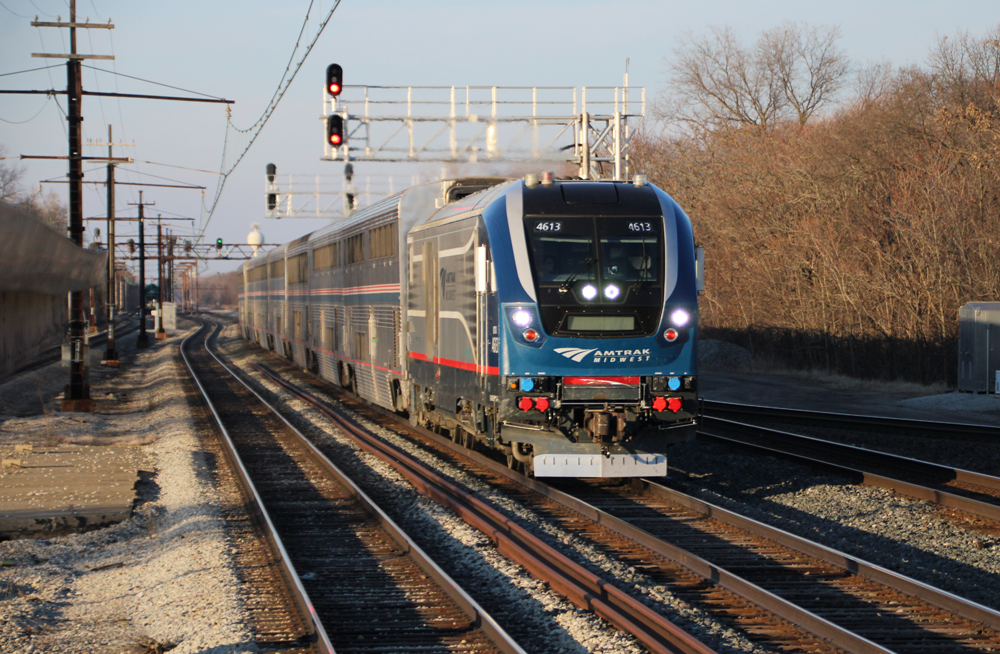
WASHINGTON — Amtrak’s overall customer on-time performance improved in the first quarter of 2025, compared to the previous quarter, according to the latest report from the Federal Railroad Administration.
But the 72% overall figure is down from 77% in the same quarter a year ago, and none of the company’s three business segments (long distance, Northeast Corridor, and state-supported) meets, as a whole, the FRA’s minimum 80% standard for arrival within 15 minutes of the scheduled time [see “FRA publishes final rule …,” Trains News Wire, Nov. 16, 2020]. State-supported routes performed the best, with 76% on-time performance, followed by the Northeast Corridor (73%) and long-distance trains (58%). The long-distance figure is down from 66% in the first quarter of 2024 but up from a 49% rate in last year’s third quarter.
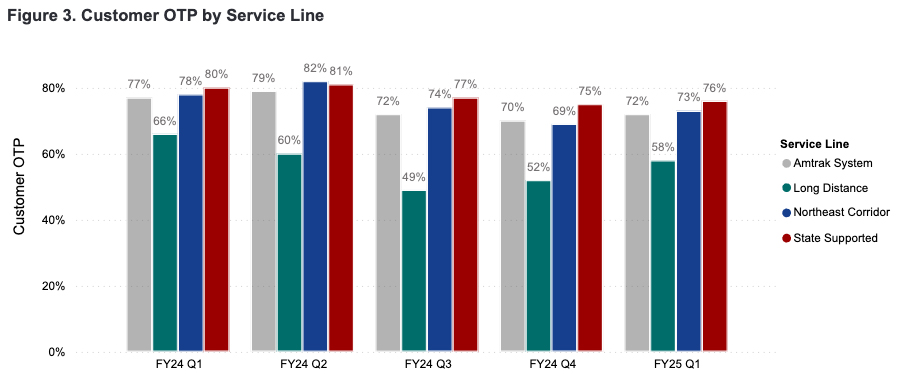
Among individual service, the best performance was a 93% mark on the Chicago-Carbondale, Ill., Illini-Saluki route; the worst belonged to Auto Train, which plummeted to 34% from 75 in the same quarter last year and 64% in the fourth quarter of 2024. Other high-performing routes were the Chicago-Galesburg, Ill., Carl Sandburg-Illinois Zephyr, and the Chicago-Milwaukee Hiawathas, both at 89%. Others among the worst on-time performers were the Chicago-Miami Floridian, at 36%, and the Chicago-Los Angeles Southwest Chief, at 40%.
Three routes saw performance improve by more than 10 points from the first quarter of 2024: the New York-Atlanta Crescent, up from 67 to 80%; Northeast Regional service to Roanoke, Va., from 62% to 76%, and Chicago-Emeryville, Calif., California Zephyr, from 54% to 67%.
The Crescent’s improvement comes as Norfolk Southern and the Justice Department continue to discuss settling a lawsuit over the route’s on-time performance issues [see “NS and Justice Department remain …,” News Wire, May 15, 2025]. The Sunset Limited, the route that is the subject of an Amtrak complaint to the Surface Transportation board, was up slightly from the first quarter of 2024 — from 65% to 69% — although it had dropped to a 48% rate in the third quarter of 2024.
Union Pacific, host for most of the Sunset’s trip, was responsible for the most host-railroad delay minutes, at roughly 1,100 minutes per 10,000 train-miles; CSX was next at about 1,000 minutes. CPKC had the lowest rate at about 600 minutes per 10,000 train-miles. Host-railroad delays accounted for 53% of delay minutes on long-distance trains and 55% on state-supported trains. On the Northeast Corridor, where Amtrak is the host railroad, such delays accounted for 41% of the delay minutes.
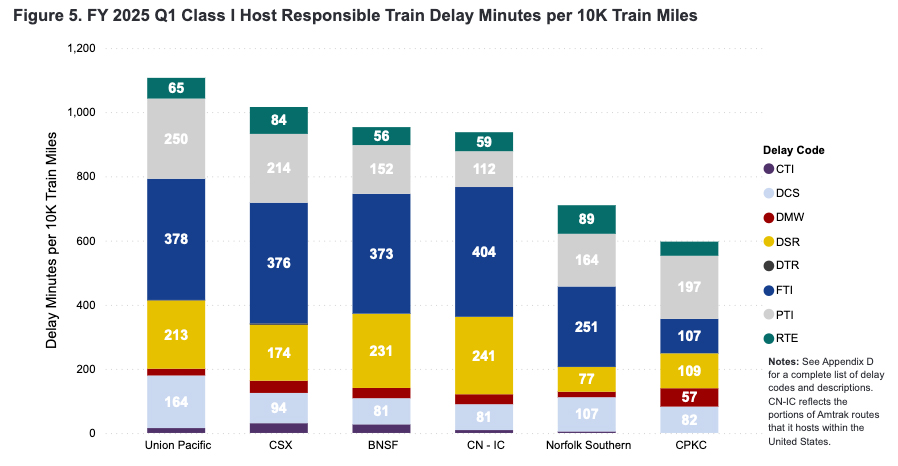
The full 71-page report, including detailed route-by-route information, is available here. Additional and supporting information is available at this web page.






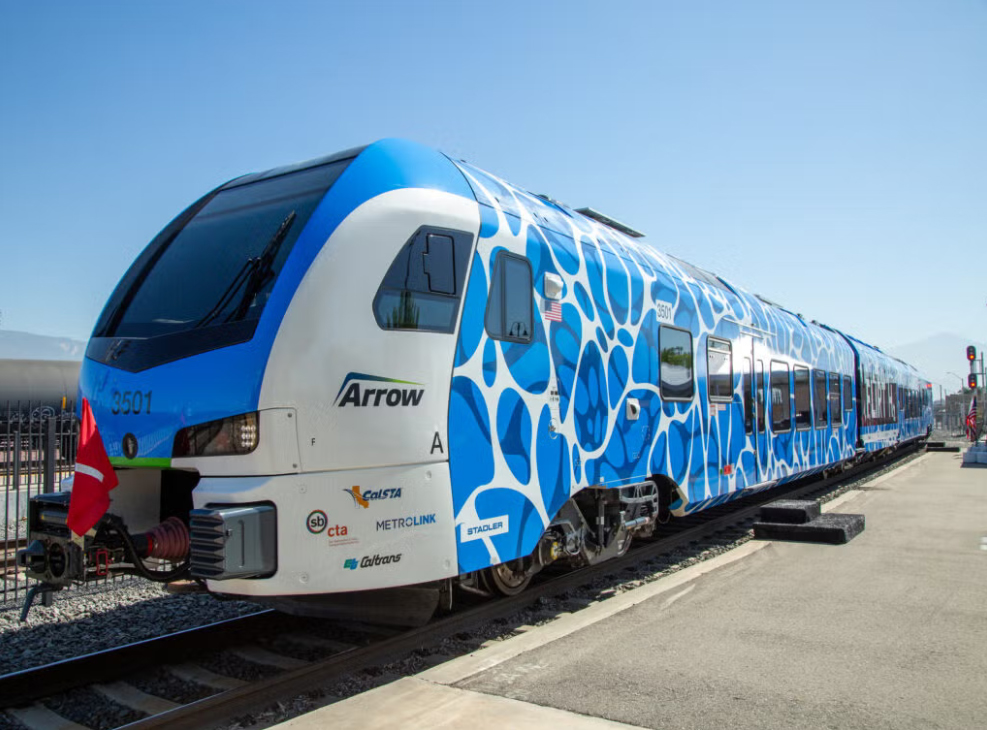
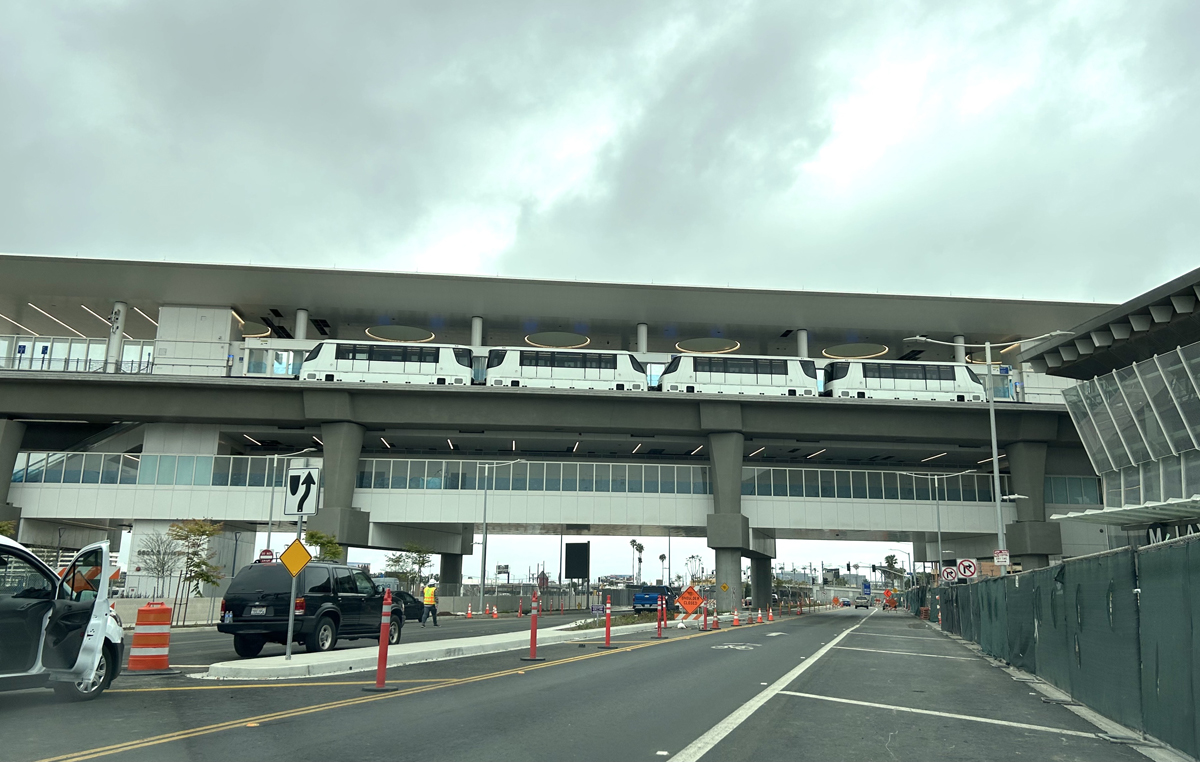
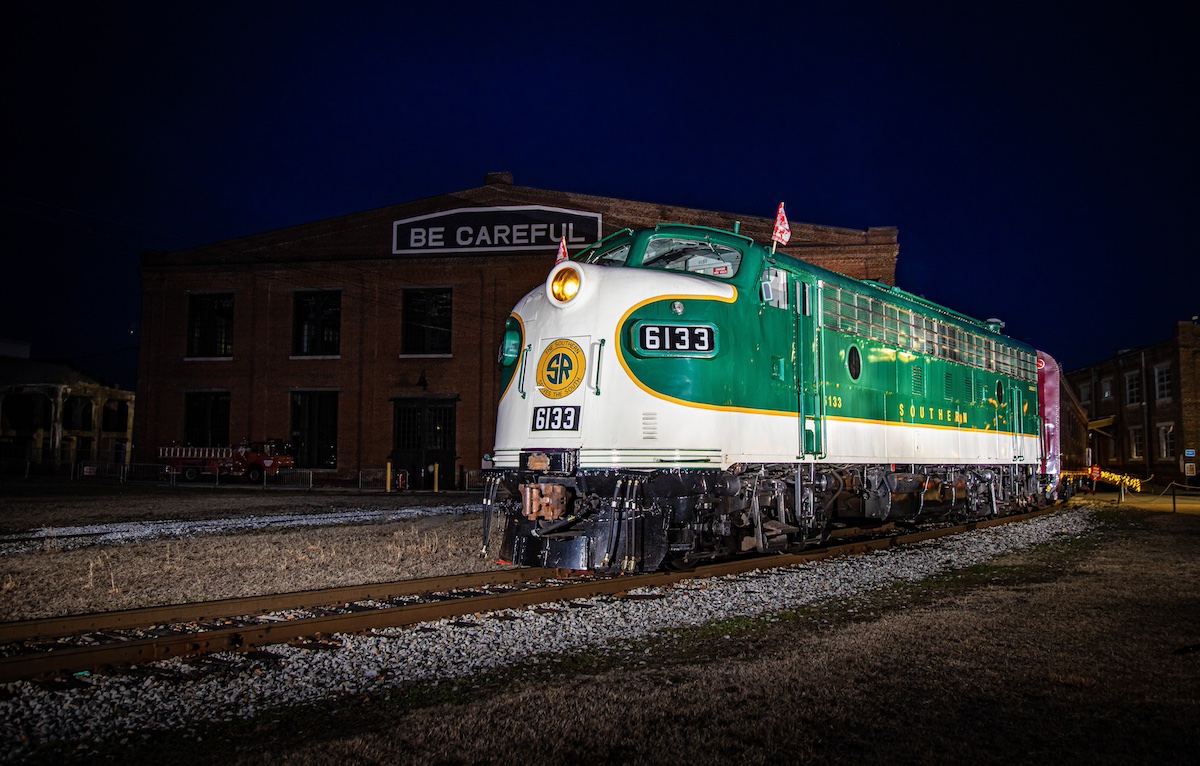
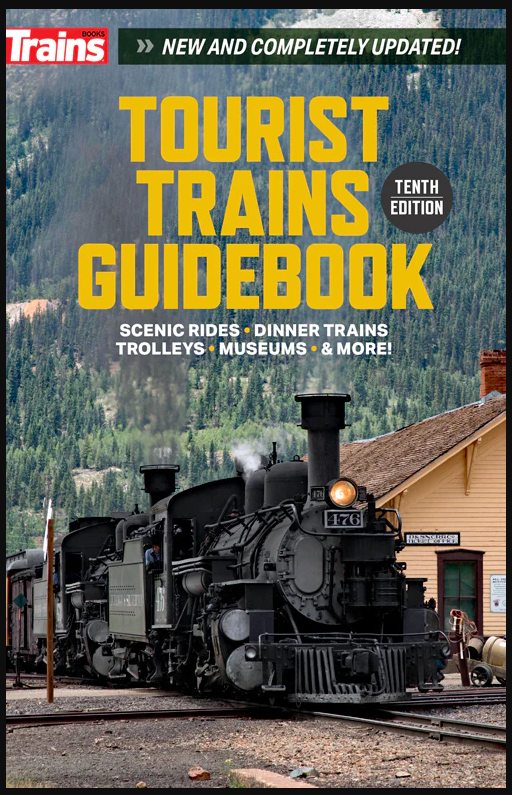
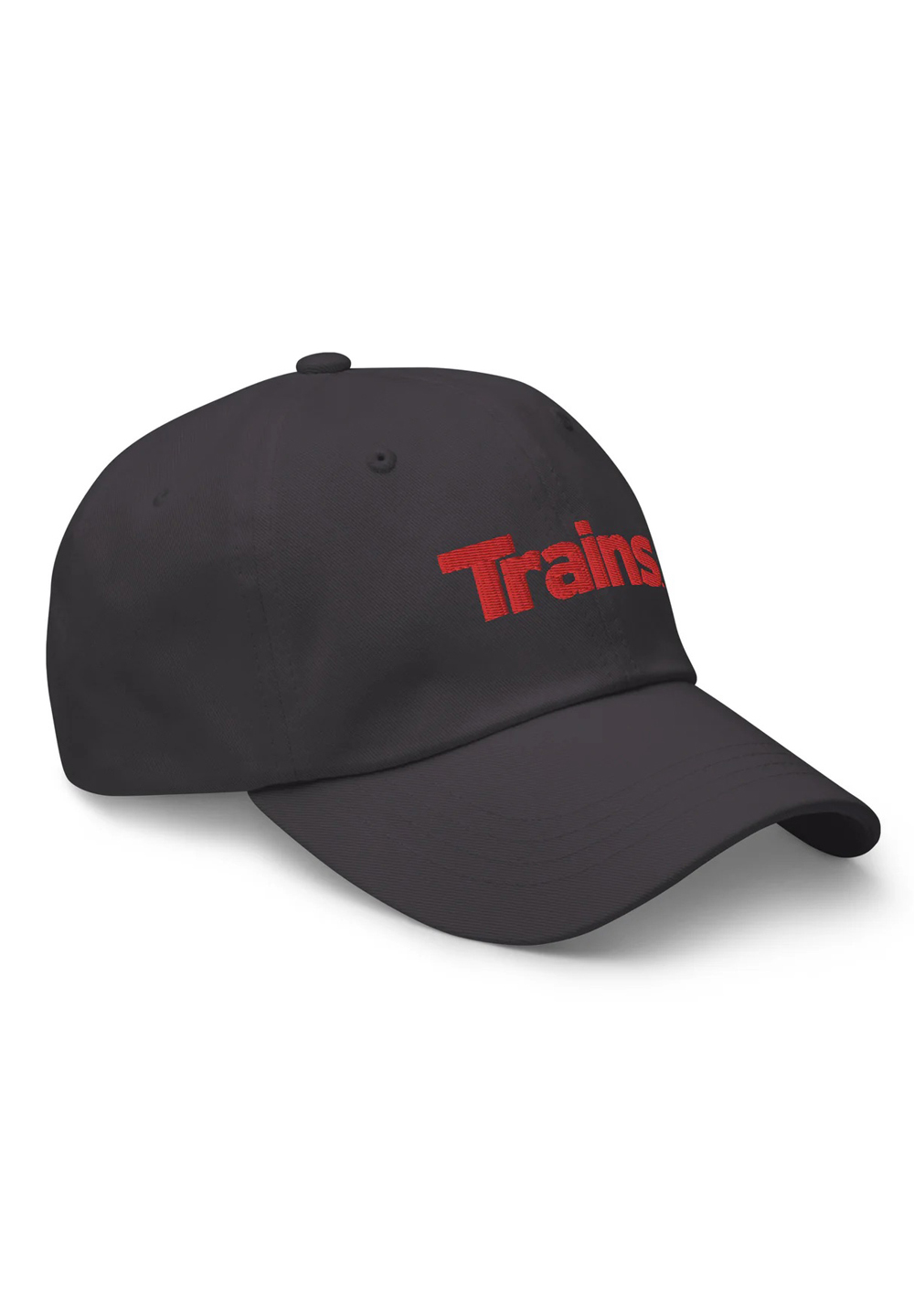
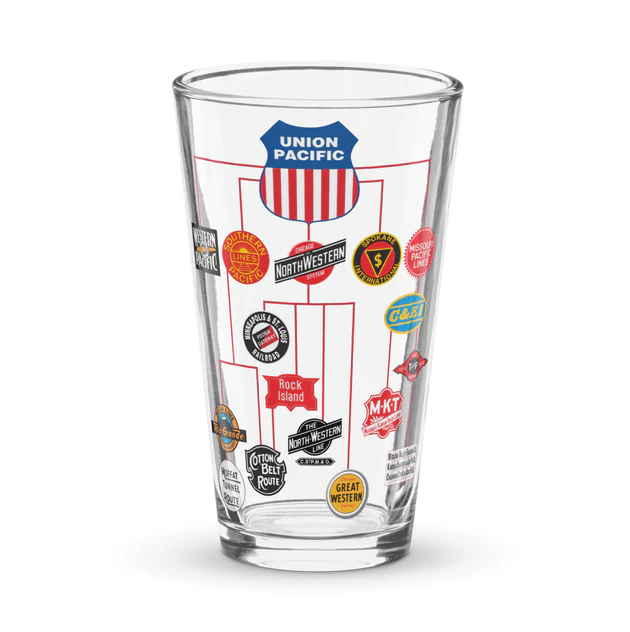
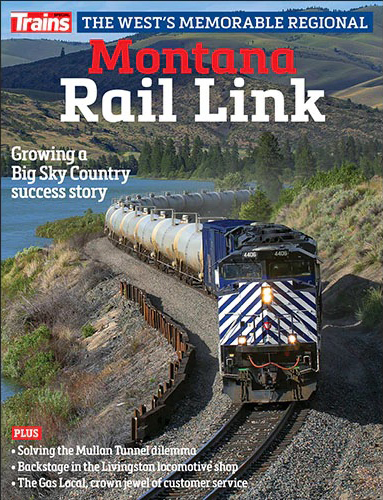
Now I’d like to see the number of minutes that Amtrak delayed the freight railroad trains with its stupidity and mechanical incompetence. Also, we should throw Metro North into the mix and their delays for all the NEC [passengers between New Rochelle and New Haven.
Amtrak is supposed to be given priority at least 80% of the time and the freight railroads are sorely lacking in giving Amtrak its space on the tracks. The main problem is the Precision Scheduled Railriad BS that now has trains longer than the sidings in many areas. A friend told me they had to stop split a train on one siding run ahead to another siding to allow another longer than a siding train to pass, then shove all the way back (18 miles) to couple and be able to continue their trip. So freight Railroads are not concerned with some delays
I can remember years ago on Coogan’s Bluff watching down where the old Milwaukee and Burlington joint ROW begins and seeing the southbound (timetable East) EB parked waiting for a BN freight to clear…and waiting. Took 15-20 minutes. The trackage was then controlled by the BN dispatcher and the scanner comments were derogatory about Amtrak. What does that tell you?